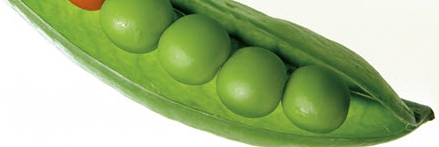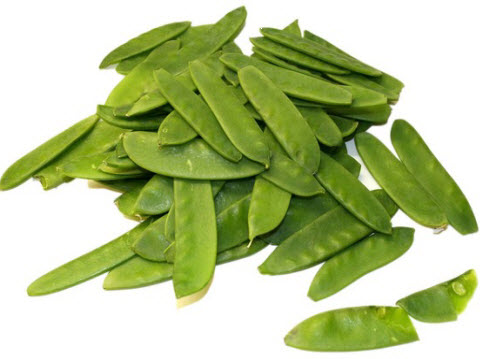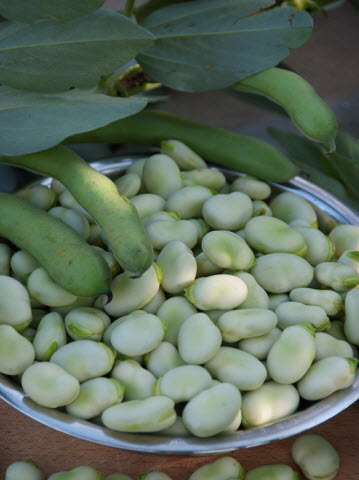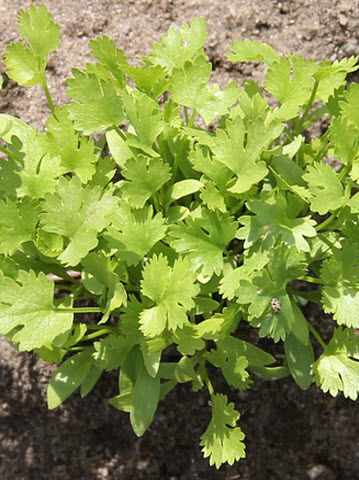It seems like Tasmania has had more regular and longer cold events this year than usual and the extended periods of snow in many parts of the state has really been the icing on the cake! But with such a chilly period that’s seemingly not quite over, what does this mean for our gardens for the first month of spring?
Most Tasmanians are used to September, an often fickle weather month that brings the promise of the spring but still occasionally provides a reminder of the south, with a dusting of the white stuff. The cold weather has a significant role to play and is vital in many of our cool temperate plants including our cool climate fruits and vegetables. The cold weather ensures the quality of both flower and fruit production of many species of plants and is vital in their ongoing performance. This process is known as vernalisation and is the key factor to the success of the Tasmanian fruit growing industry for plants such as apples and pears through to cherries and other stone fruits. In the case of many cool temperate plants, unless they experience a certain period of cooler temperatures, they will not perform at their best in the following growing season. In some cases prolonged seasons without cold could have dire consequences on the plants future success and growth. Often a cool season, followed by a mild and moist spring, can bring about some excellent results so, from fruit trees and berry crops, through to daffodils and roses, this year the spring in the south is promising indeed!
What are the tips and tricks for your garden this month?
Just remember Tassie has so many micro climate zones which often means that advice needs to be tempered with a bit of personal knowledge of your local environment around you.
In the veggie patch:
ON THE POD:
I always love some quick crops of sugarsnap and snow peas that can be had with some cold season planting, these often decline rapidly once the hotter, drier weather builds later in the year.
BEAN THERE:
The hardy broad bean can almost be planted throughout the year in Tassie although seed sown now can get a decent crop before the hot weather starts and the Bean Rust demolishes them in the early summer.
FEELING LEAFY:
The easy to grow and always plentiful green leafy crops such as the hardy lettuce varieties as well as the spicy to eat rocket and its relative mustard greens, are excellent choices to plant for the spring garden. The hardy silverbeet is a great one that always produces and is easy to grow; seedlings or seed would be fine. They will want to run to flower and seed early in summer so just continue to cut out the flower heads before they develop and they will eventually return to a more leafy state later in the season. So called English spinach is also still ok to get in; remember plant the seed a little thicker than you would normally as you can harvest young baby stems and leaves as the season progresses.
I also like to continue with planting coriander and parsley but remember, germination will be slow, anywhere up to 3 weeks or more, and they will then want to move to flower fairly quickly. But that is a wonderful thing as the flowers attract lots of beneficial insects such as parasitic wasps and hoverflies that will keep the sap sucker pests such as aphids at bay, later on when the weather is warmer. The leaves are still fine to eat and the plants will produce heaps of seed to keep you planting in the seasons to come.
ROOTED DOWN:
Radishes, of course, are the first thing on my mind, once again a number of varieties to choose from and just so easy to grow and an all year round production opportunity. Just remember, they do grow fast and they mature very quickly, so sowing a little frequently, is the key.
Beetroot, you either love it or you hate it, but boy, is it straightforward to grow! A very close relative of the silverbeet, I like to harvest its leaves for salads and sandwiches as well as its tuberous roots later in the season. They can be quickly produced from seed but make sure you keep the moisture going with these guys in the drier weather. They will quickly run to flower if water-stressed and hungry.
I’m always amazed at the cost of parsnips in the supermarket as they are a virtual self sowing weed in my garden! But I love them! Baked, mashed, veggie soups or in salads with carrot or grated cheddar cheese, mmmm! Still fine to get them in this month, but once again keep up the moisture later in the season otherwise they will run to seed.
Don’t forget the spring onions and I also like the perpetual onions or elephant garlic, although in name it may seem to be garlic but it is much more like a leek in its flavour. Tuff as nails and not even the many wallabies at my place touch it.
Yes, and of course everyone and their dog are planting potato’s at this time, a virtual right of passage as a gardener in Tasmania! A very straight forward crop indeed! Does any more need to be said on that one?
CLASSY BRASSICAS
I’m often asked about planting cabbages, cauliflowers, broccoli and other brassica species. Although they can be virtually planted all year, I prefer to plant them later in the mid summer period so that they go through the cooler months as fairly large specimens. They then produce their heads, stems and harvestable buds later in the winter and the early spring period before the White Cabbage Butterfly and Cabbage Moth larvae take their fill. There will be more on them in the Tips and Tricks for the summer months.
OTHER THINGS:
Avoid any heavy pruning on trees and larger shrubs in the next couple of months as the plants are bursting into growth with high sap flow. Heavy cuts will lead to excessive bleeding and potential disease infiltration.
Is it best to mulch or not to mulch at this time of the year? I personally always prefer to mulch and the many benefits of mulching far outweigh the don’ts. My suggestion is to mulch with hay, nature’s natural soil improver. Yes, there might be some additional weeds, but they’re easy to remove. Just turn the hay over, weeds and all, problem gone. Let’s face it, gardens do require some work.
Have fun!





